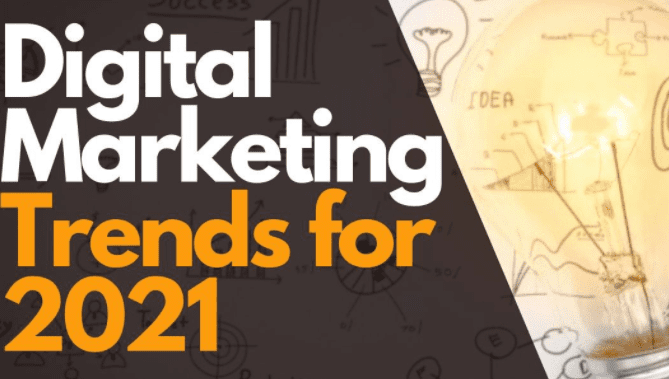
Trends Powering Digital Marketing Growth in 2021
Top 5 Data Trends Powering Digital Marketing Growth in 2021
Last year saw an explosion of martech tools, increased integrations, and AI automations. It’s clear digital connectivity has skyrocketed, with massive amounts of data from multiple sources seamlessly moving from one platform to another. Studies from McKinsey have said that in 2020, digital transformation vaulted five years forward in about eight weeks’ time.
While most of us faced new challenges over the past year, technology has actually made it possible to execute more efficient and accurate marketing campaigns – if you have the right information. Now more than ever, data is not just a helpful tool, it’s a necessity to reach the right customers. From my perspective as a long-time data provider, here are five of the top emerging data trends and how you can use them to fuel business growth this year.

- Foundational Contact Data to Fuel Acquisition
The amount and granular level of data being mined and analyzed for digital marketing these days is staggering. Yet oftentimes the most fundamental contact data – an email address – can be one of the hardest pieces to fill. Ask almost any digital marketer and they’ll tell you that getting the prospect’s email address continues to be the holy grail.
Many marketers – even those with significant databases – are finding they need data from multiple sources to execute strong acquisition campaigns. Especially as B2B data regularly decays up to 70% per year and data decay soared this past year in the changing economy. A quality third-party data provider can fill in the missing pieces and fill out your contact list with accurate data. A keyword to remember is quality. A “discount” data provider may sound enticing by offering a large quantity of contacts at a low price, but it’s not worth the effort when your bounces are through the roof. The same applies to using old or outdated lists, sending campaigns with bad data is a waste of time and money.
- Matching Business and Personal Contact Data to Reach Prospects Anywhere
Digital marketers have faced increased challenges in reaching prospects this past year. Even with accurate foundational contact data, many decision-makers are working from home on their personal devices, as well as using their personal email accounts for work. The line between business and personal is blurry at best, and nonexistent for some.
To address this change, it’s best to use contact data that combines both personal and business characteristics for each contact. Third-party data can fill-in the missing pieces and match a contact’s personal records to their professional one for a more complete profile. This is especially important with the millennial and Gen Z age groups, as they prefer to do their own research before making a purchase.
Read more: www.business2community.com



